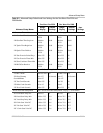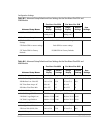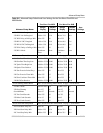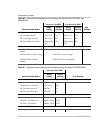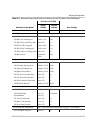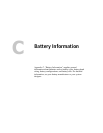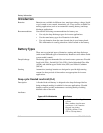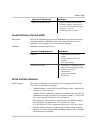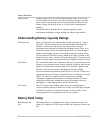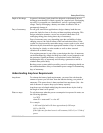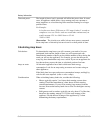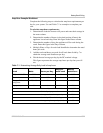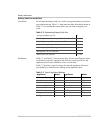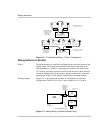
Battery Types
976-0043-01-02 C–3
Sealed Batteries (Gel and AGM)
Description Gel Cell and absorbed glass mat (AGM) batteries are sealed and do not
require the addition of distilled water. Since these batteries are valve
regulated, over-charging can cause irreversible damage.
Attributes Attributes of sealed batteries are:
NiCad and NiFe Batteries
Disadvantages These types of batteries can be used but are not optimized for the Sine
Wave Plus for the following reasons:
• Alkaline batteries, such as NiCad and NiFe types, have a nominal cell
voltage of 1.2 volts per cell.
Xantrex inverters and battery chargers are optimized for use with lead
acid batteries having a nominal 2.0 volts per cell (that is, 12 cells for a
24-volt system and 24 cells for a 48-volt system).
The number of cells required in a battery bank for alkaline batteries
must, therefore, be adjusted for a 24- and 48-volt system
(i.e, 20 cells for a 24-volt system and 40 cells for a 48-volt system).
• Alkaline batteries require a higher charge voltage to fully recharge,
and drop to a lower voltage during discharge compared to a similarly
sized lead-acid type battery.
Industrial (electric forklift) • Popular in large inverter systems
• Extremely rugged - lasts up to 10
years or more in an inverter system
• Typically 2 volt cells
(1,000 amp hours or more)
Types of FLA Batteries Attributes
Types of Sealed Batteries Attributes
Gel Cell • Gelled electrolyte instead of
liquid
• Long life (up to 1500 cycles,
typical)
• Low self-discharge
Absorbed Glass Mat • Electrolyte is contained in glass-
fibre mats between battery plates
• Similar to gel cells in
characteristics
• Good low temperature
performance



